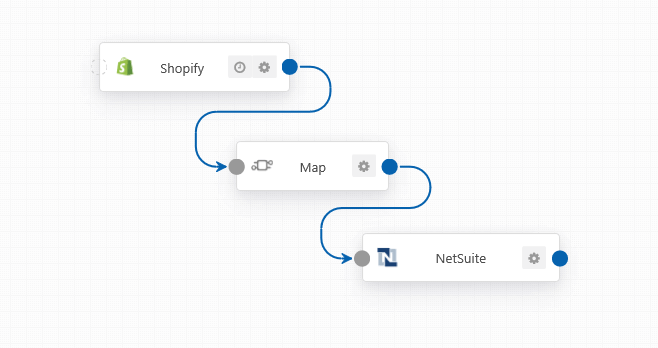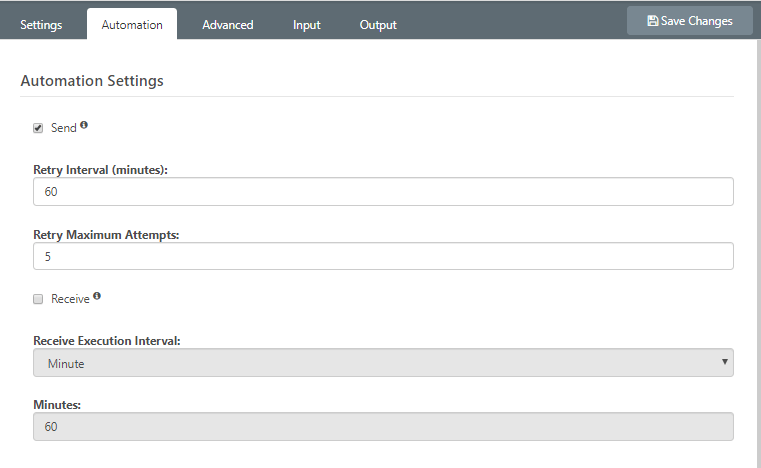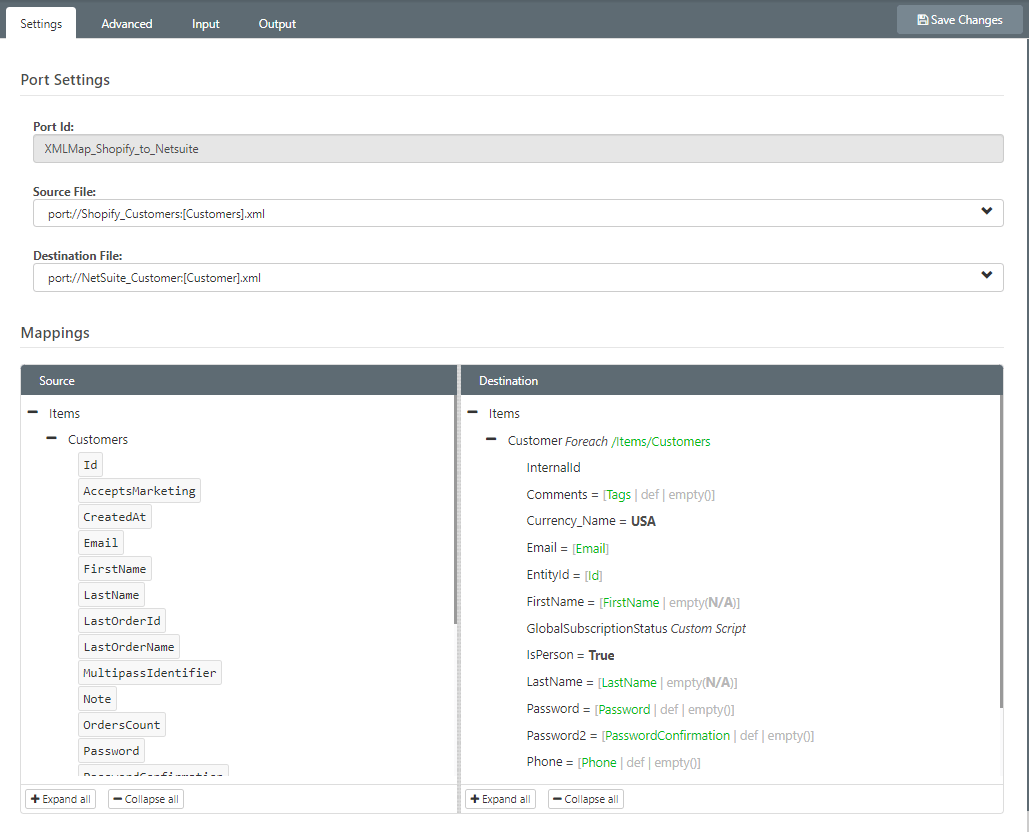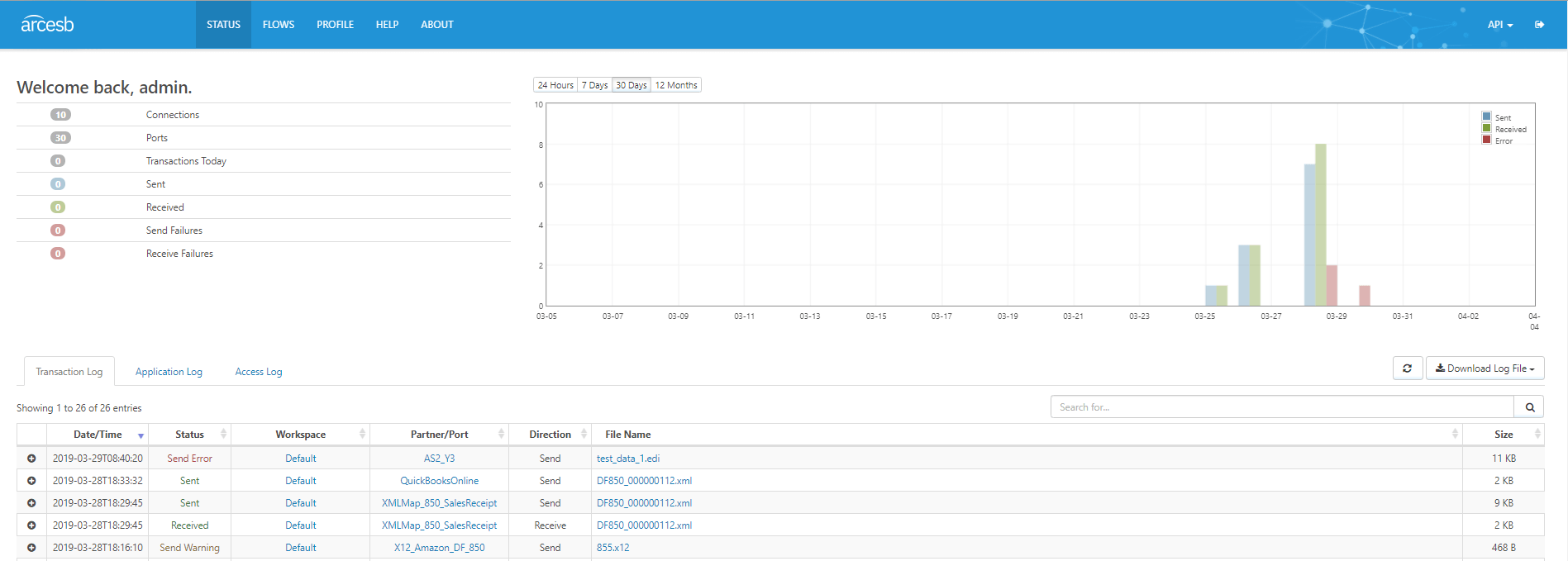How to Solve The 7 Worst Shopify-NetSuite Integration Problems
Shopify is a popular ecommerce platform among small and mid-sized businesses due to its low-cost simplicity for running and maintaining online retail platforms. But to deliver a complete customer experience, you want your back-end processes to run as smoothly as your front end looks and feels. That's where NetSuite comes into the picture. As one of the leading customer experience management solutions providers, Netsuite offers powerful tools for ERP, CRM, financial management, and ecommerce.
Integrating Shopify with a back-end system as powerful as NetSuite gives you a unified, 360-degree customer view and a smooth customer management operation. Integrating ERP-ecommerce solutions lets you seamlessly connect ecommerce and in-store POS to order management, inventory, financials, marketing, and merchandising to streamline many business processes. With the integration, you can automate transactions between your Shopify website and NetSuite, or sync your inventory in real-time — vastly reducing errors.
But many businesses struggle to integrate these powerful systems due to rigid architectures, lack of specialty expertise, custom development requirements, and integration costs. In this article, we break down these problems and demonstrate how you can solve them with the right solutions.
Challenges of Integrating Shopify to NetSuite
1. Intricate Manual Integration Process
One of the biggest challenges in integration is the need for manual human intervention. Though NetSuite offers powerful capabilities, without an automated integration into your systems, it can become time-consuming. In such a scenario, users are often forced to manually enter data, requiring in-house expertise and increasing the risk of human error.
The Solution: Automation
The solution is to implement a reliable automated integration process that saves both time and money.
2. Cumbersome Programmatic Process
Integrating Shopify to NetSuite often involves complex coding, requiring technical expertise or work with some advanced development tools meant only for the most technical amongst us. The process could be simplified with web service APIs provided by Shopify and NetSuite respectively, but leveraging these APIs to create a solution can be a cumbersome process in itself.
The Solution: Embedded APIs and a Low-Code Interface
The best solution is a ready-to-use solution that comes with embedded APIs and provides a low-code or no-code, visual UI that speeds the integration process and allows less technical users to connect their applications.
3. High Costs
NetSuite itself represents a significant ERP investment, without taking into account the complexities of ERP-ecommerce integration development, third-party vendor fees, or training costs for in-house consultants.
The Solution: A Cost-Conscious Integration Platform
What an enterprise really needs is a platform that provides simplicity in design, flexibility, and ease of integration — all at a price point that's easy on the pocketbook.
4. Real-Time Data Pipeline
Integrations are typically focused on maintaining back-end ERPs and keeping them in sync, while the web store is the customer touchpoint for sales and order placement. But inconsistencies between the two present problems. Consider an example where a customer wants to purchase an item that doesn't exist in your Inventory. You would want a real-time inventory reflected at all times on your Shopify webstore so people know what's in stock.
The Solution: Built-in Data Replication
Your solution should provide a real-time data sync pipeline so Shopify and NetSuite are always up to date and you can just focus on sales, rather than worrying about orders of unavailable products.
5. Downed Websites, Unhappy Customers, Lost Sales
Often, downtime on a web store or website results from a failure to deploy a plugin or module that connects to back-end systems, interrupting business operations and hurting sales. An ideal integration should be independent of such factors or provide a separate platform to integrate your data, so you never leave customers dangling on your site as you lose uptime and sales.
The Solution: Component Approach
Select an integration solution that uses a component-based approach to separate functionalities, so even if one component fails, your operation can chug ahead without experiencing a hiccup.
6. Challenges of Tightly Knit ERP-Ecommerce Integration
Most companies go for a tightly knit solution for their ERP-ecommerce integration, hurting their ability to change the front end without breaking the functionalities in the back-end ERP.
The Solution: Decouple Your Endpoints with Connectors
Decouple Shopify from NetSuite so changes can be made quickly and easily to the customer experience portion of your sites — without impacting or requiring ERP-related development. A solution built with connectors for your various data sources will allow you to separately alter and update each system, without derailing your entire integration.
7. Monitoring and Auditing
Organizations often use a centralized monitoring system that manages transfers from one system to another. With such complex integrations of NetSuite and Shopify, a developer's worst nightmare is if some process amongst hundreds fails, and it requires manually auditing logs to identify the issue. Certainly, you can use a third-party monitoring tool or a separate platform to overcome this challenge, but that should be an unnecessary investment.
The Solution: Visual Integration Canvas with Built-in Reporting
What an organization needs is a tool that can provide all integrations in the same visual canvas, as well as provide a built-in monitoring and auditing mechanism that makes it easy to identify processes gone awry.
How CData Arc Solves All of These Challenges
Addressing these challenges requires a robust, reliable, secure solution that allows you to seamlessly connect, transfer, and transform data from one source to another. CData Arc provides an integration platform where you can put all your connections, integrations, and workflows under the same umbrella.
Hassle-Free Integrations with Virtual Workflow Designer
CData Arc loaded with our intuitive Virtual Workflow Designer that provides a common workspace for all of your integrations. Simply drag and drop to create automated workflows between Shopify and Netsuite.
Automated Business Processes
CData Arc lets you easily schedule jobs based on the time interval you set. These automation schedules streamline your processes, speed them up, and bolster their effectiveness.

Integration using Interactive Mapping
CData Arc lets you map data from Shopify to NetSuite using our Interactive Designer view. We provide Transformation Connectors, such as Map and XMLMap, which let you map fields from any source to any destination with simple drag and drop into each field, so business users can perform the most complex integrations with just a few clicks.

Easy Monitoring and Management
Apart from the integrations, CData Arc also provides comprehensive monitoring of all your integration flows through audit logs and a logging dashboard, which gives you live metrics of the transactions in your application. This saves you the hassle and effort of using a separate monitoring tool to troubleshoot issues.

Download CData Arc
Download CData Arc 2019 today and leverage our pre-built, plug-and-play Netsuite-Shopify integration flow to streamline your business in minutes.
Download